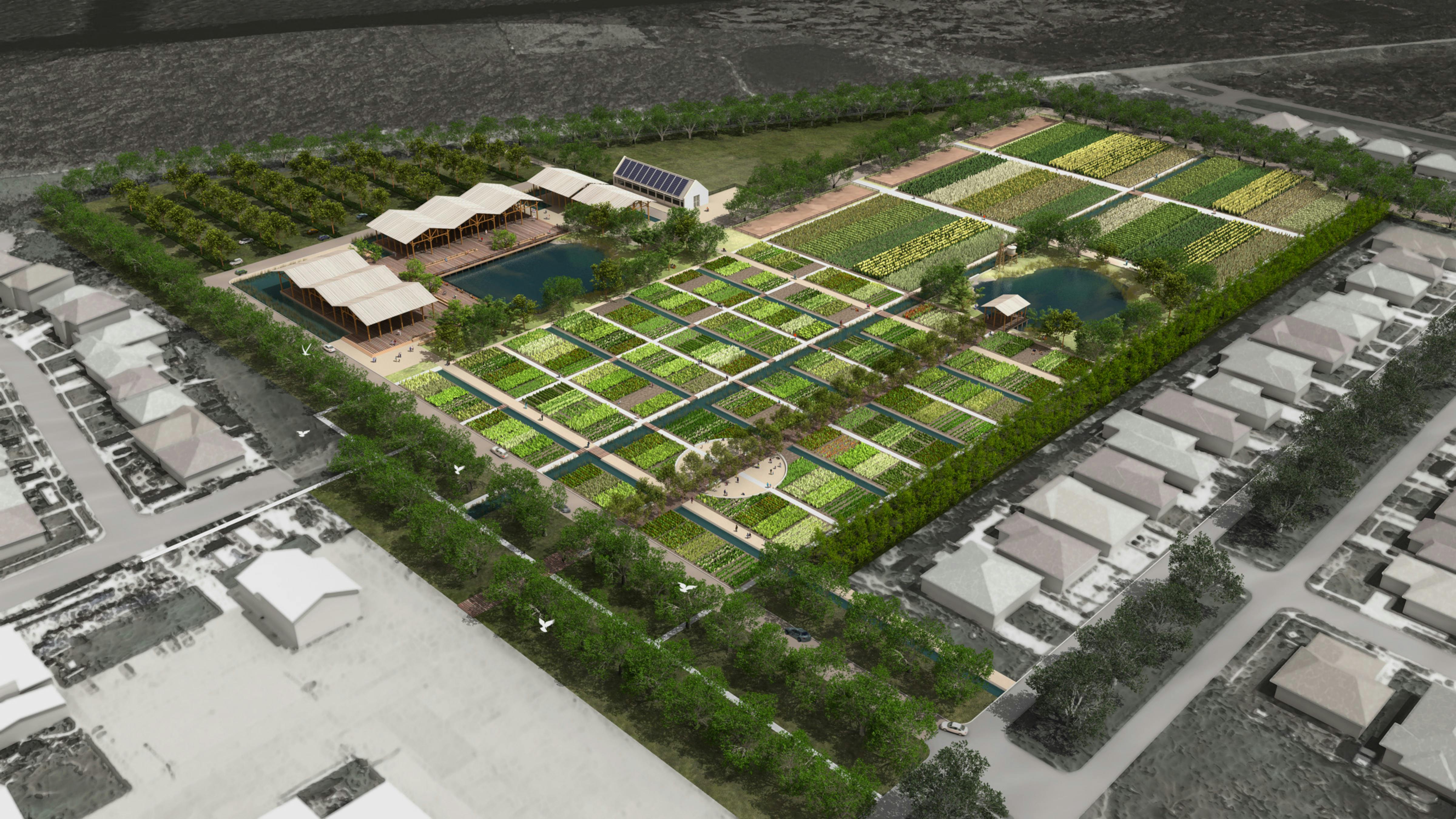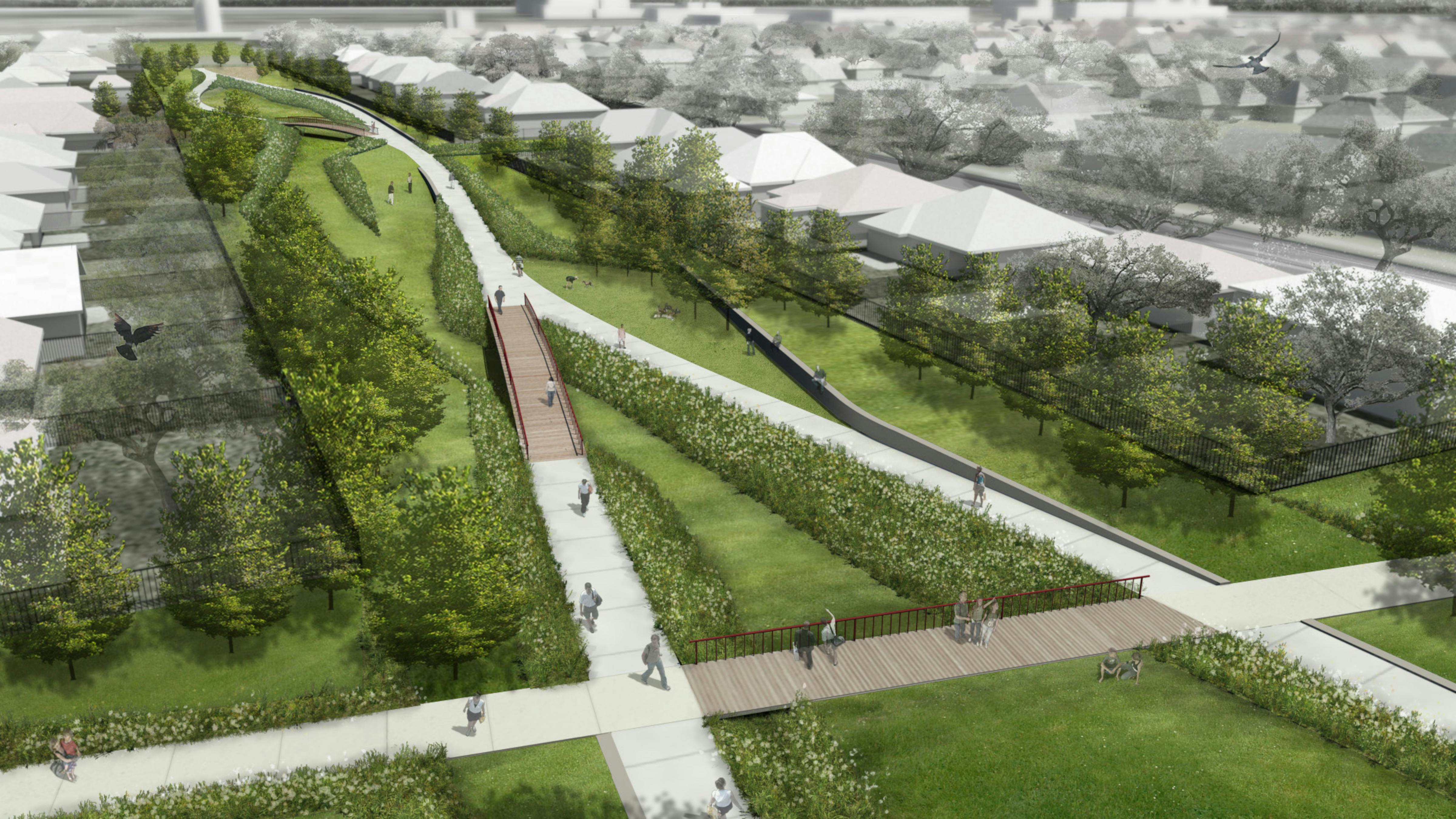Distaster-Resilient Design Concepts
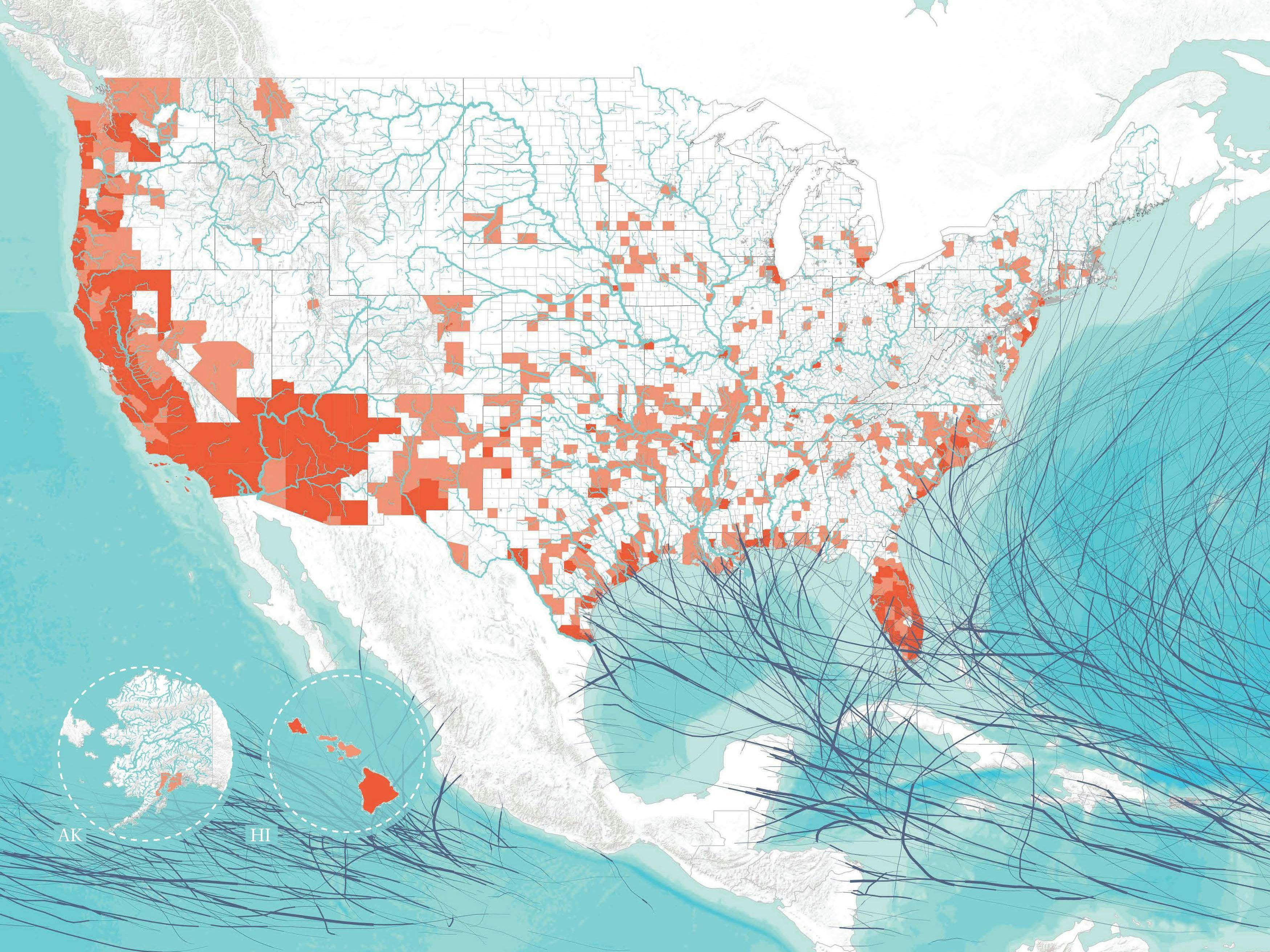
Partners
The potential for disaster increases as more communities expand into hazard-prone areas and climate change exacerbates threats. SMM was engaged to create a typologies resource for disaster-resilient design solutions that can help communities reduce the impact of disasters, recover more quickly, strengthen local economies and cultures, and create more enjoyable, equitable places to live.
The strategies presented are geared toward stakeholders like emergency managers, land use planners, utility managers, forestry and parks departments, watershed managers, and community-based organizations and include policies such as forest management and building codes that can be key to protecting life and property from natural disasters. Most of the designs focus on landscape-based investments such as recreational amenities that offer hazard mitigation value while also improving the daily lives of residents. Communities can design public spaces and infrastructure to be multi-functional so that multiple benefits can be derived from each project and financial investment. The design solutions are intended to inspire a range of stakeholders to come together and invest in projects and infrastructure that achieve multiple benefit—allowing for recreation, creating buffers for natural disasters, and becoming gathering places when disaster strikes.
Read more about the Disaster-Resilient Design Concepts on the EPA website.
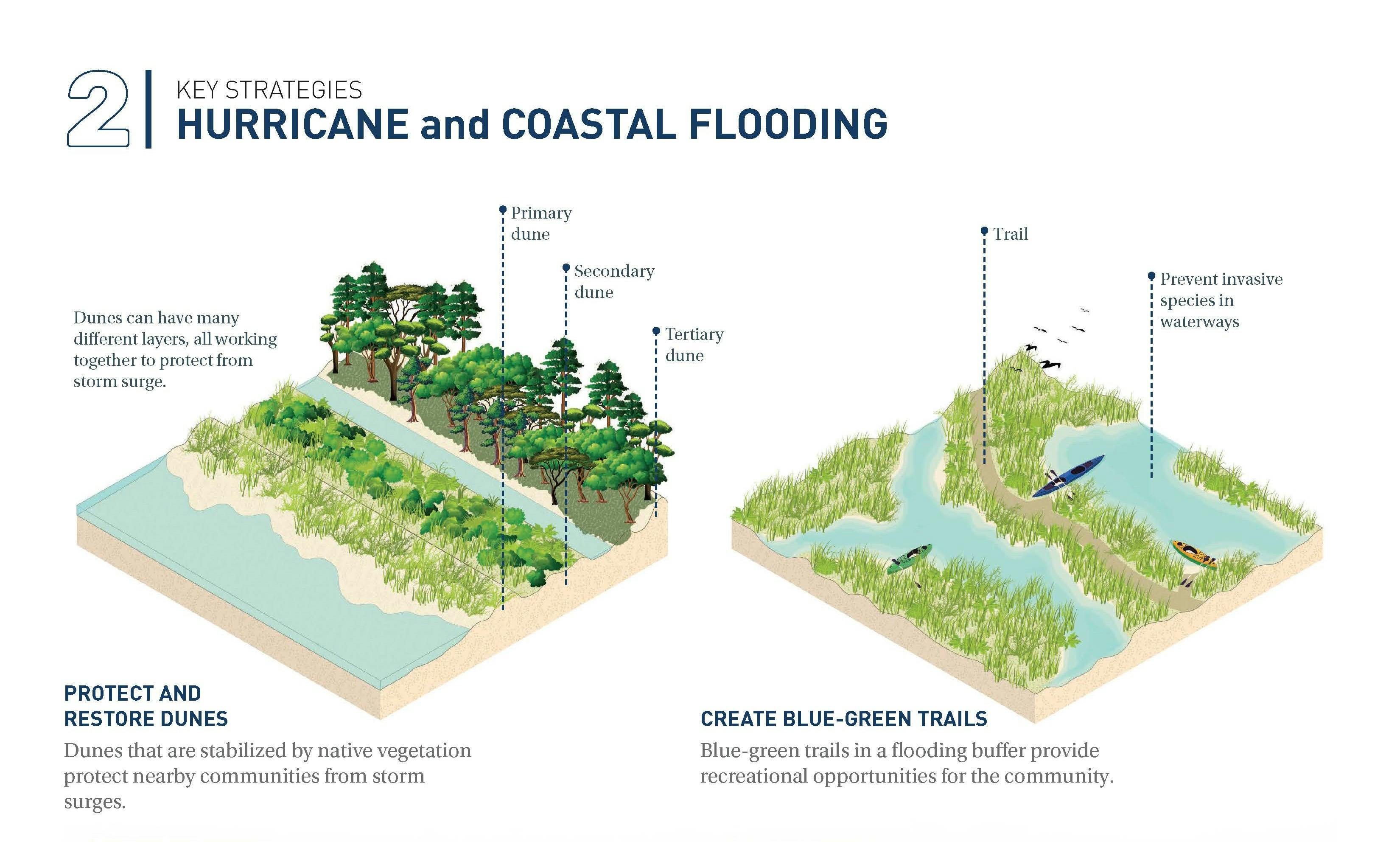
Key strategies for reducing harm caused by hurricanes and coastal flooding.

Key strategies for mitigating extreme urban heat.
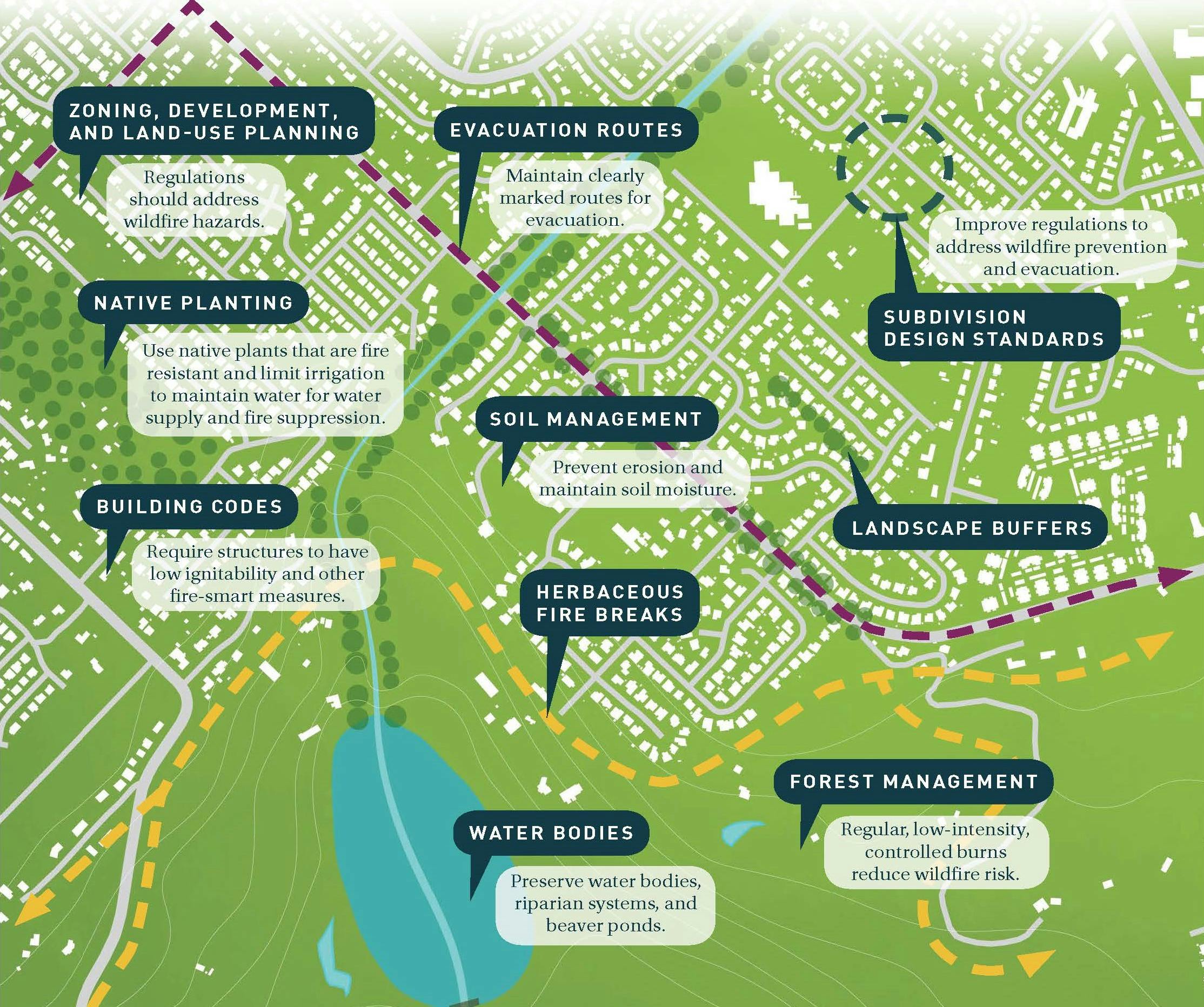
Community-wide resilient strategies for reducing harm caused by wildfire events.
